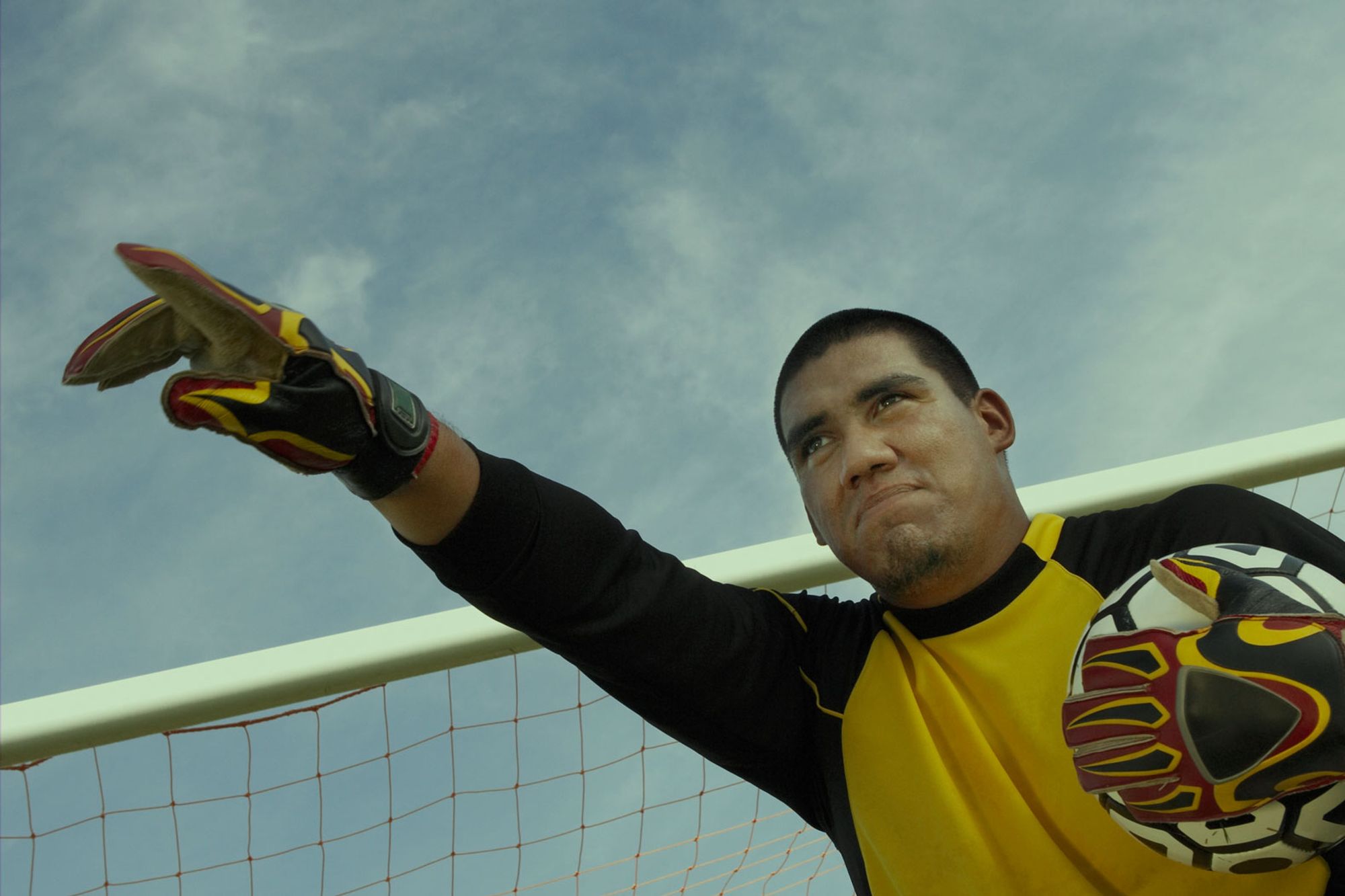
In-match communication: the essential strategy for successful goalkeeping
Antoine Roex, Keeper In Motion
In the competitive arena of football, effective communication on the pitch is often a key to a goalkeeper’s success. This article explores how goalkeepers can use communication to coordinate defence, anticipate opponents’ movements and make crucial decisions in real time. Discover practical techniques for improving verbal and non-verbal communication, increasing your chances of keeping your goal intact and leading your team to victory.
Foundations of verbal communication
Verbal communication is crucial for goalkeepers, who need to direct their defence clearly and precisely. Using simple, direct commands ensures that messages are received and understood quickly by defenders. Terms such as ‘Cover man’, ‘To your right’, or ‘Pressure!’ are essential for organising the defence. In a match, the speed of these communications can change the course of the game, enabling a coordinated defensive reaction to opposing attacks. It is also vital that the goalkeeper uses specific names to avoid any confusion and so that each player knows exactly what is expected of him.
Use of non-verbal cues
As well as the voice, non-verbal signals play a significant role in communication on the pitch. Gestures can help to convey instructions without disrupting the flow of play with excessive shouting. For example, pointing can indicate where defenders should position themselves during stopped phases of play such as corners or free-kicks. These signals help to maintain order and structure without adding to the ambient noise, which is particularly useful in noisy stadiums where verbal instructions can be easily drowned out.
Position and movement management
Positioning the goalkeeper is another crucial aspect of defensive communication. The goalkeeper must constantly adjust his position and inform the defenders of potential threats. For example, when an opposing attacker is in a shooting position, the goalkeeper must be able to quickly communicate to his defenders whether he needs to intervene or cover a specific angle. This communication helps to optimise the team’s reactions to changes in the dynamics of the game and to effectively close down opposing shooting angles. Practising and repeating these techniques in training improves the fluidity and efficiency of these exchanges.
Strengthening decision-making capabilities
Improving decision-making under pressure is essential for a goalkeeper. Effective communication reduces hesitation and increases the speed of decisions. By anticipating the actions of opponents and actively guiding team-mates, a goalkeeper can take greater control of the game. Training in rapid decision-making can include match simulations that put goalkeepers in stressful situations requiring immediate decisions. In addition, understanding and predicting opponents’ patterns of play enables goalkeepers to better position their defence, reducing risk and maximising the team’s chances of success.
By strengthening these aspects of communication, goalkeepers can significantly improve not only their own performance but also that of their team. Clarity, precision and speed of communication are the cornerstones of effective goalkeeping, turning every match into a demonstration of tactical skill and leadership on the pitch.
References :
